Prior to the outbreak of WW2 Asia was dominated by the great powers of Great Britain, the United States, France, and the Netherlands (Holland) plus emerging Asian power Japan, only China, herself consumed by civil war, and Thailand (Siam) were independent.
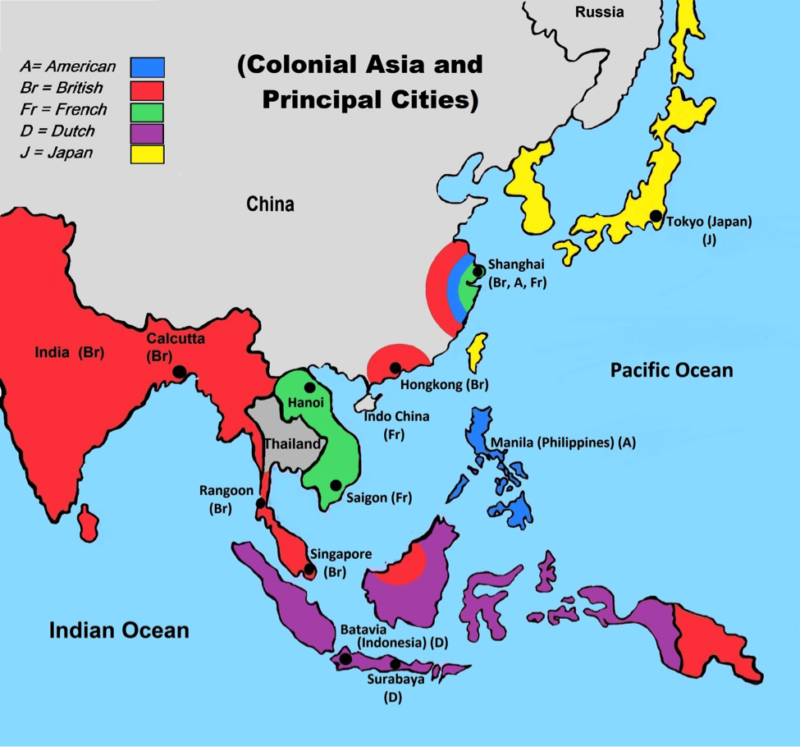
- Great Britain controlled a wide swath of territory from India in the west, Burma, Malaya in the middle and on the east naval and commercial bases in Singapore and Hong Kong.
- The United States controlled the Philippine Islands in the Central West Pacific.
- France governed Cochin China, present day Vietnam, Cambodia and Laos.
- The Netherlands (Holland) held present day Indonesia.
- Japan ruled the Korean peninsula and Formosa (Taiwan) plus the vast expense of islands to the east, Micronesia.
- Shanghai (Paris of the East) – Colonial Jewel of Asia was the Treaty Port of Shanghai on China’s northeast coast. Shanghai was composed of four parts- 1) The International Settlement (Britain and USA) 2) The French Concession 3) The Japanese/ Chapei area and 4. The Native Chinese City.
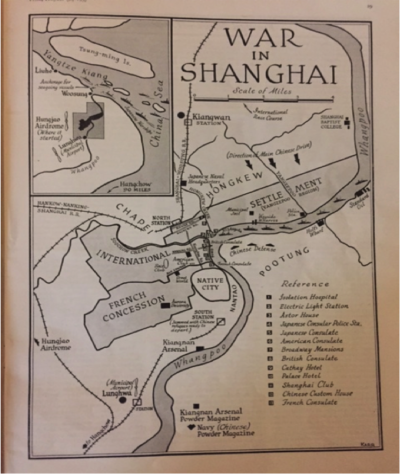
Shanghai August 1937 at Outbreak of the Japanese-China War
Shanghai on the banks of the Whang Poo River, sixty miles from the mouth of the mighty Yangtze River controlled the majority of China Trade. Warships of the Great Powers regularly dropped anchor while contingents of marines and the “International Volunteer Corps” stood ready to insure the city’s integrity. The long row of solid looking bank and commercial buildings of European design lined up along the Bund riverfront attested to Shanghai’s status as the “Commercial and Financial Center of East Asia”.
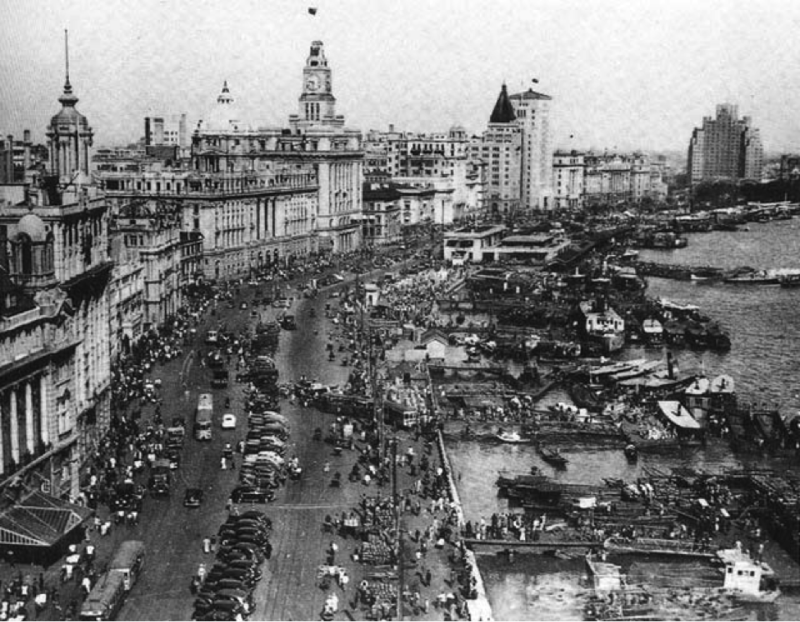
The Shanghai Bund 1930’s
- The United States – Manila
During the four centuries of Spanish Rule the City of Manila emerged as Spain’s government commercial and military center. From the time of America’s victory in the Spanish – American War Manila had been transformed from a disease infested back-water into a gleaming port city modeled according to the modern urban planning of Daniel Burnham. Manila was labeled “the Pearl of the Orient”. It is described in glowing terms in a late 1920’s brochure targeted at a growing stream of International arrivals.

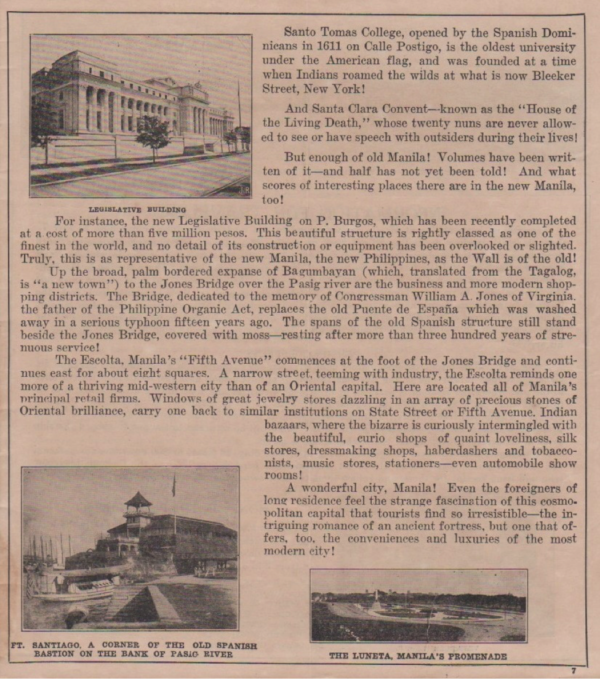
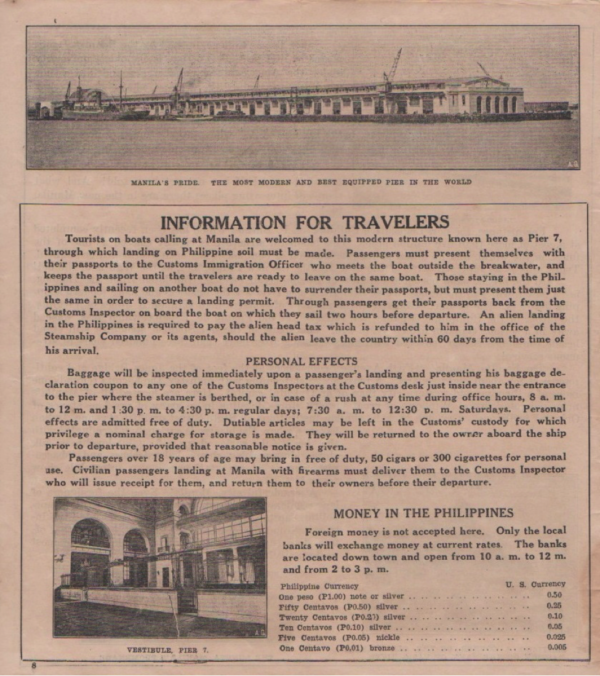

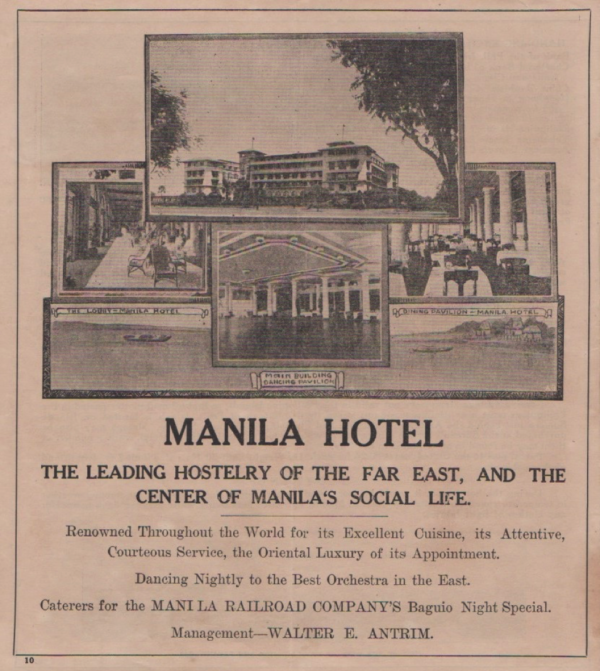
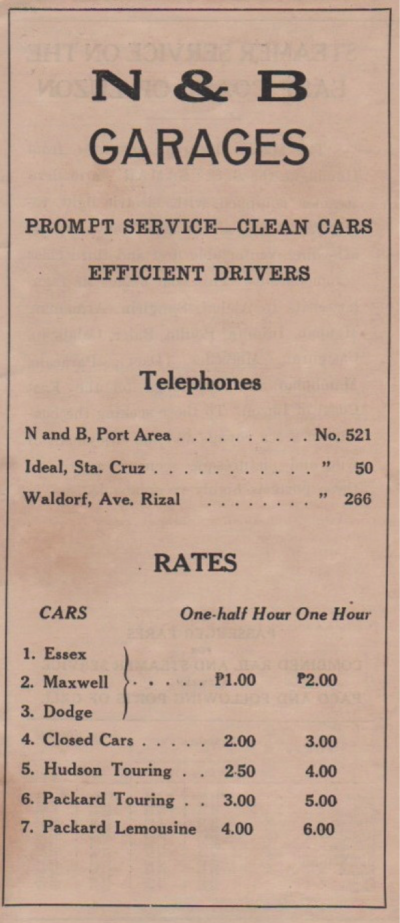
- Great Britain
Prior to WW2 the adage “The Sun Never Sets on the British Empire” was never more true. Britain ruled from the Suez in Egypt all the way to China and in between.
Principal British Cities:
- Calcutta (Kolkata) India – Located on the Bay of Bengal Calcutta was the Capital of British India (Present day India, Pakistan and Bangladesh) from 1772 – 1911. Of equal importance Calcutta was the headquarters of the powerful British East India Company holding a near monopoly over the China opium trade.
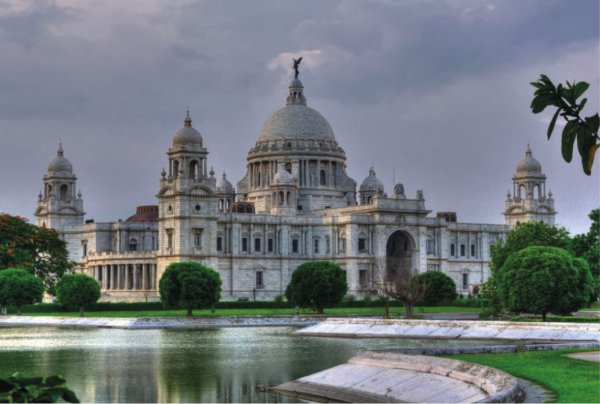
The Queen Victoria Memorial 1930’s Calcutta
- Singapore – Founded in 1819 as a trading post of the East India Company. Singapore was built into Britain’s main Asia Naval Base. With the island city’s strategic location, commanding the Strait of Lahore. Singapore became known as the “Gibraltar of the East”, recognizing its impressive naval facilities and fortifications set in place from 1923 – 1939.
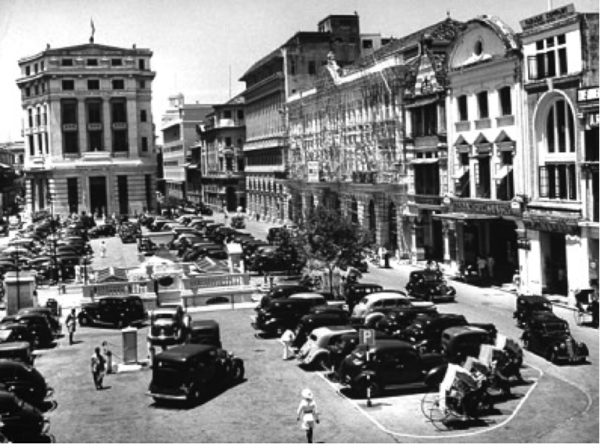
Downtown Singapore late 1930’s
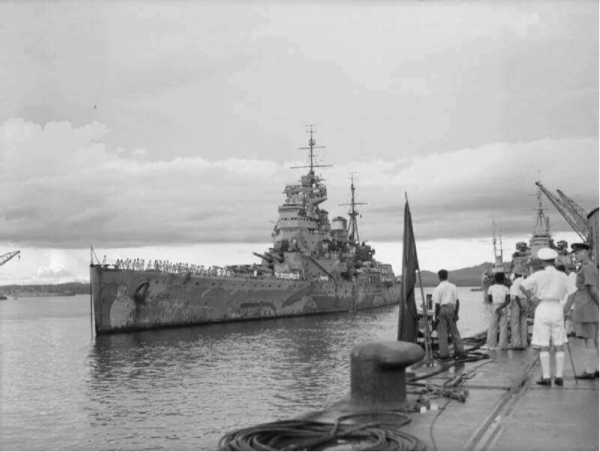
Battleship HMS Prince of Wales Arrives in Singapore Dec 1941
- Rangoon, Burma (Yangon, Myanmar )
Occupied by the British in 1852. Rangoon was developed into the government and commercial hub of Burma. Located on the banks of the Yangon River, the city became a shipping point of agricultural products. Rangoon was known as “The Garden City of the East” because of its extensive parks and lakes.
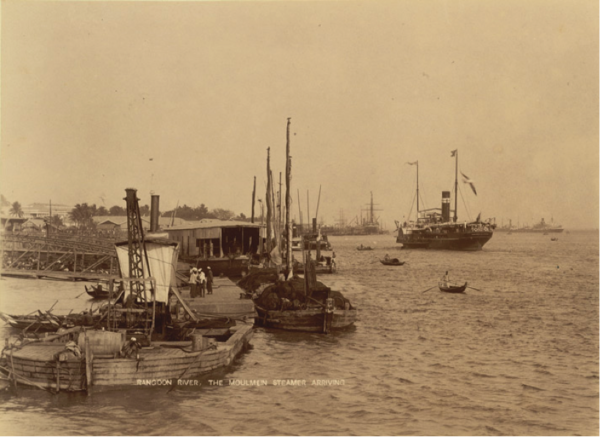
Rangoon Waterfront 1920’s
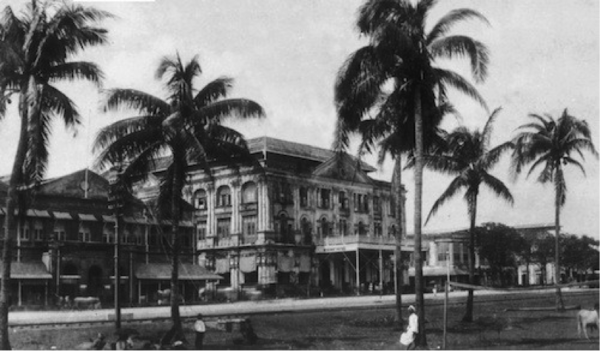
The Strand Hotel Rangoon
- Hong Kong BCC (British Crown Colony)
Originally added to Great Britain after the First Anglo Chinese War (1834 – 1842). Hong Kong became a valuable base for the China Opium Trade in conjunction with nearby Canton and Shamian Island on the Pearl River.
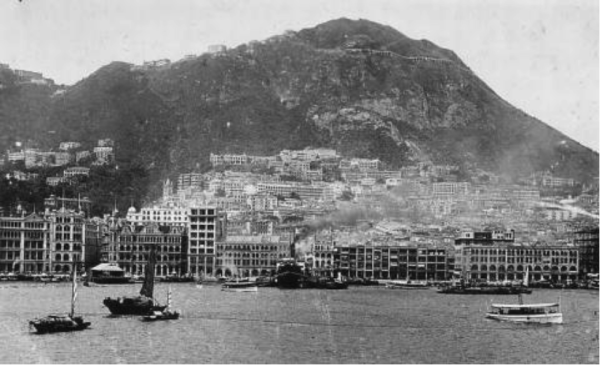
Hong Kong Harbor 1924
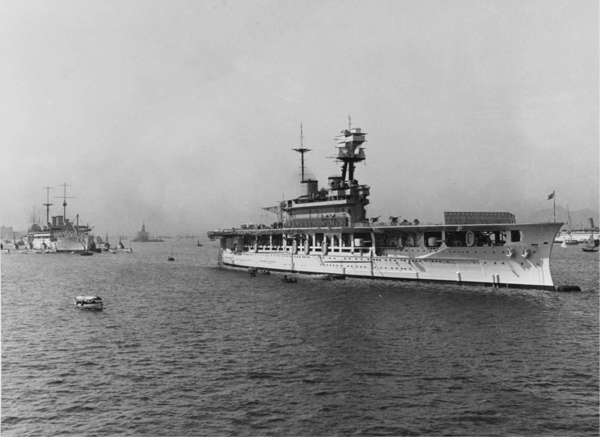
British Aircraft Carrier HMS Eagle in Hong Kong Harbor
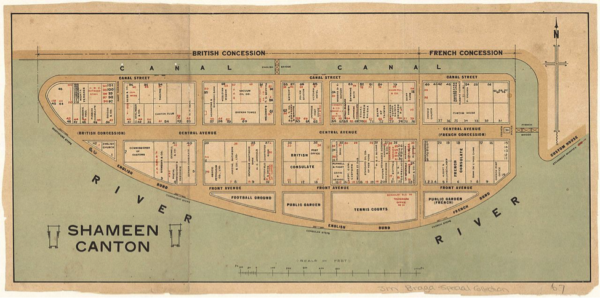
Shamian Island Canton China – British & French Concessions 1920’s
- France – The French ruled today’s Vietnam, Cambodia and Laos with principal cities of Saigon in the South and Hanoi in the North.
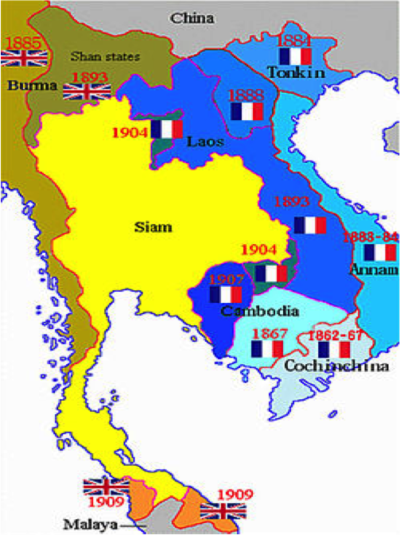
Map of French Indo China 1930’s
- Saigon – Occupied by France in 1859 and designated the Capital of Cochin China. Saigon was the principal collection point for rice, rubber, tea and coffee coming from the agriculturally rich lands of the Mekong Delta where the French operated large plantations.
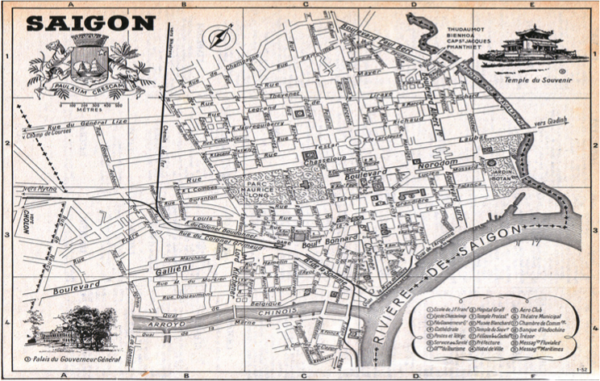
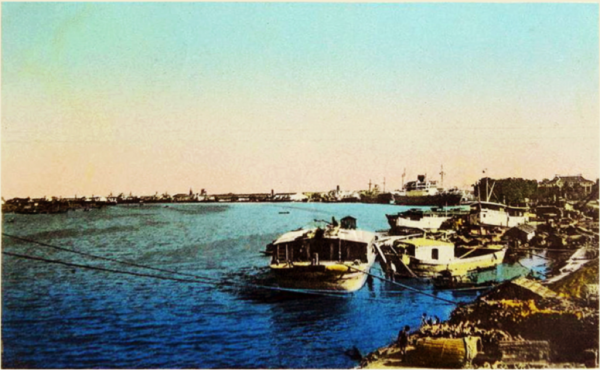
Saigon River Port 1930’s
- Hanoi – Occupied by the French in 1883 and developed into a government and commercial center. The city’s main focus was supporting French investments in the northern areas of Vietnam and Southern China.

Hanoi 1930’s City of Parks and Lakes
- The Netherlands / Holland:
The Dutch were the first European traders in Asia beginning in the 1600’s with the Dutch East India Co. The Dutch colonized the vast islands of Indonesia with the objective of exploiting trade in spices, coffee, tea and tobacco.
- Surabaya (established 1743) grew to be the largest Dutch city rivaling Hong Kong and Shanghai. The city contained a government center, naval base and commercial facilities.
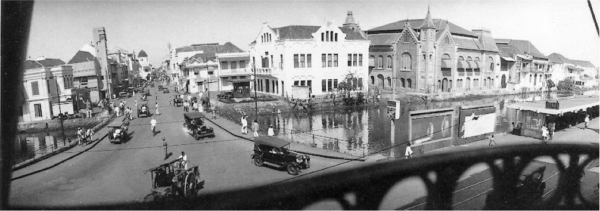
Downtown Surabaya late 1920’s
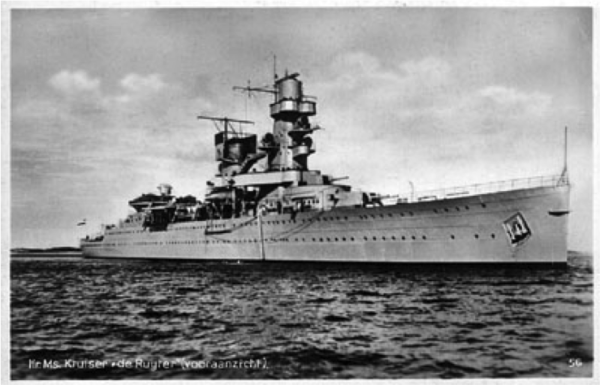
Light Cruiser De Ruyter Flagship of the Dutch East Indies Fleet at Surabaya Port
- Batavia (Jakarta)
Indonesia’s second city was Batavia, present day Jakarta. Occupied in 1819 it became a commercial trading center and locus of regional government.
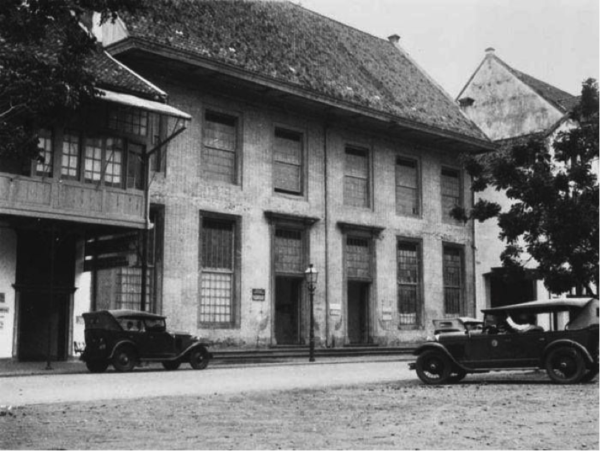
Dutch Government Center in Batavia- 1920’s
- Japan – American President Teddy Roosevelt held the opinion that the Japanese were “Asia’s Anglo Saxons”. Roosevelt admired their rapid adoption of western industry and commerce. He supported Japan’s takeover of Korea and Okinawa. Japan in the 1900’s became colonists in their own right.
- Foreigners in Asia
It would surprise many that European and American expats were never present in large numbers throughout Asia nor resident in Asian Colonial Cities. Natives far outnumbered the few thousand expats. But foreigner’s power was magnified several fold by military and commercial might. Native majorities were universally fragmented and divided by regional and ethnic loyalties.

